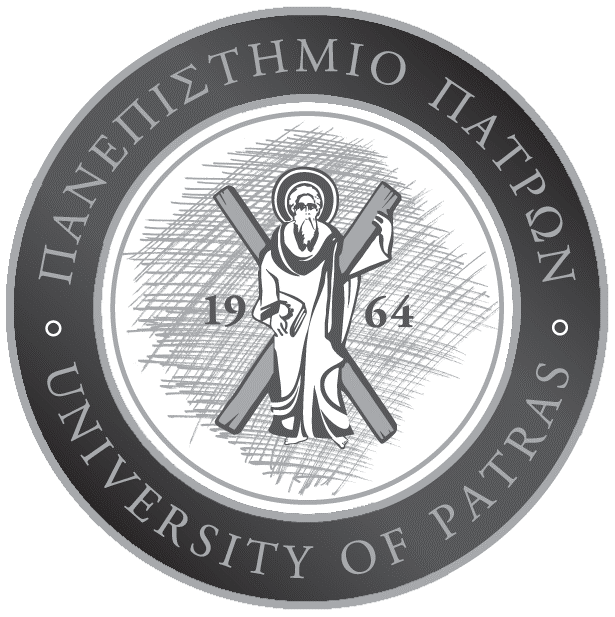Lecturer
Recommended Reading
1. “Introduction to Special Theory of Relativity, p 225, Wolfgang Rindler, Reader Books.
2. “Modern Physics”, R.A. Serway, C.J. Moses, C.A. Moyer. Translation: G. Zoupanos, E. Liarocopis, S. Papadopoulos, K. Raptis, PEC.
3. Lecture Notes “Introduction to Special Theory of Relativity”, Demetris P.K. Ghikas.
Course Description
SPECIAL THEORY OF RELATIVITY
I. Experimental facts which led to the Einstein’s Principles of Relativity.
1. Analysis of the Michelson-Morley Experiment.
2. The Principles of Relativity.
II. The Lorenz Transformation.
1. Construction of the Lorenz Transformation using the Einstein’s gedanken experiments.
2. Transformation of velocities.
III. The Minkowski Space
1. Geometric picture of the Lorenz Transformation.
2. The concept of fourvectors.
3. The fourvectors of velocity and momentum.
4. Transformation of momenta and energies.
IV. Covariant formulation of Physical Laws.
1. Applications to scattering experiments.
2. Relativistic formulation of Electromagnetism.
3. A short presentation of Dirac’s Equation.
NUCLEAR PHYSICS I.
1. Scattering Experiments.
2. Rutherford’s Experiment and the discovery of nuclei and nuclear forces.
3. Size and shape of nuclei.
4. Structure of nuclei and distribution of nucleons.
II. Stability of nuclei.
1. Experimental curve of binding energy and of the neutron excess.
2. Proof of the semi-emperical nuclear mass formula.
3. Applications to fusion and fission.
4. Curves of stability of nuclei.
III. Instability of nuclei and radioactivity.
1. The Law of radioactive decay.
2. Description of the properties of α, β, and γ rays.
3. Applications of radioactivity.
IV. Nuclear forces.
1, The nature of nuclear forces- The Yukawa Potential.
2. Pions and rho mesons.
ELEMENTARY PARTICLE PHYSICS
I. A first classification of elementary particles.
II. The four basic interactions.
III. Leptons, mesons, baryons, hadrons.
IV. The Parton Model.
V. The Quark Model.
VI. Quantum Chromodynamics.
VII. Current questions and the Experiment at CERN.


